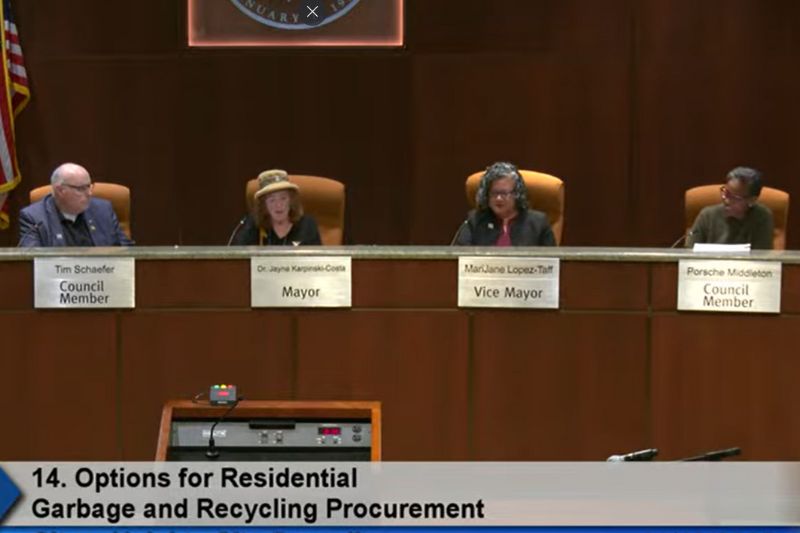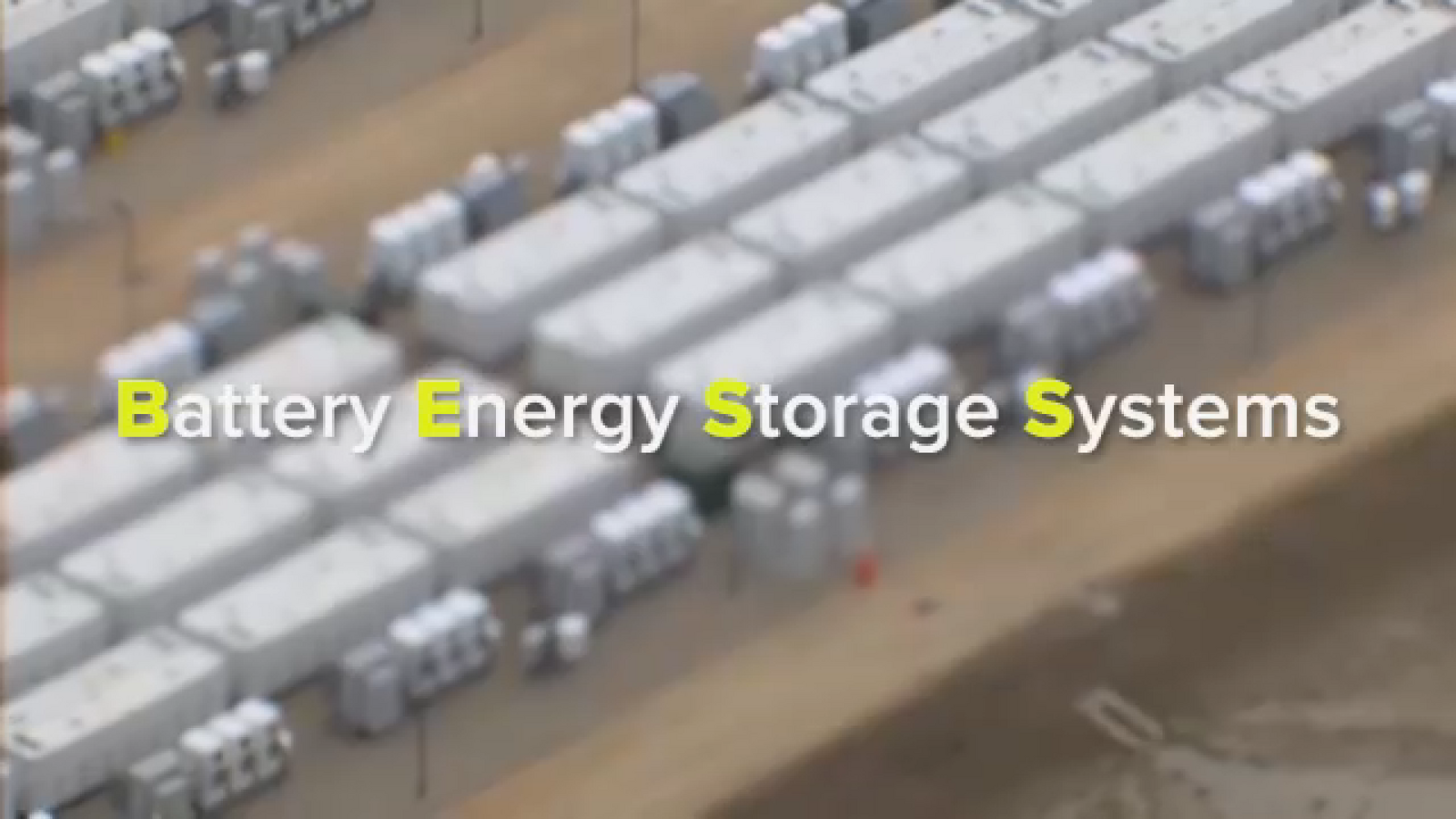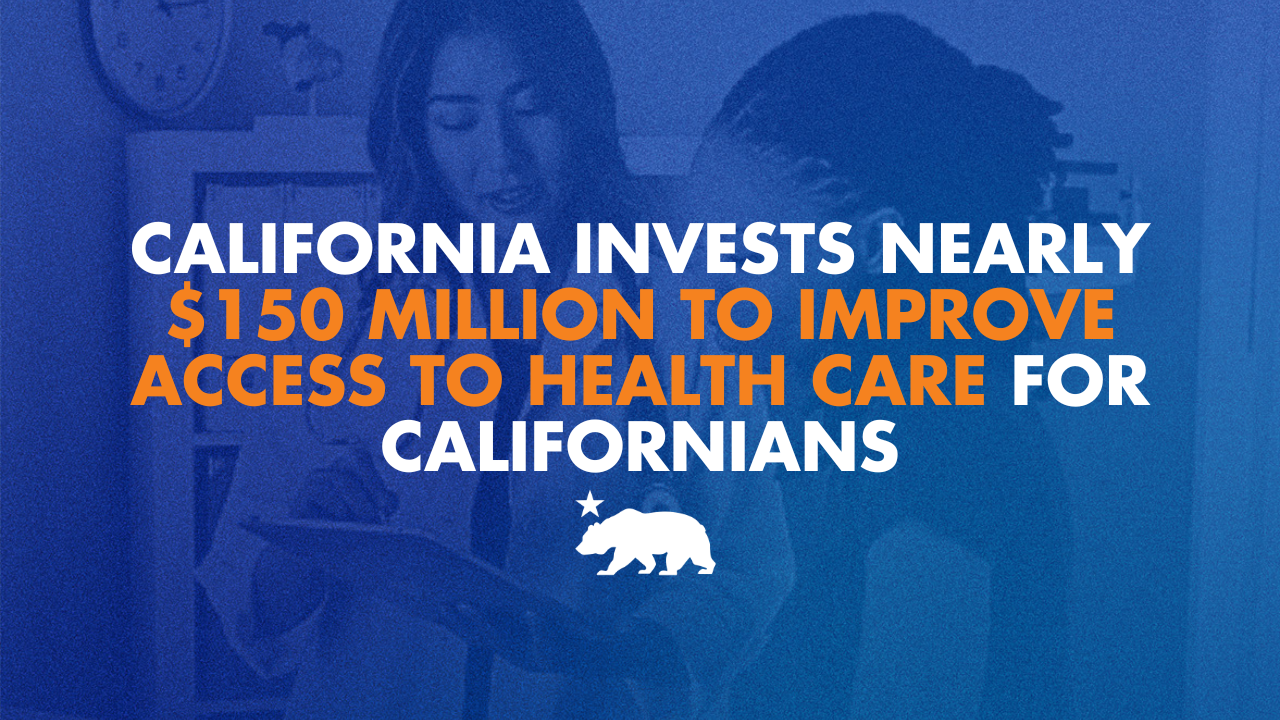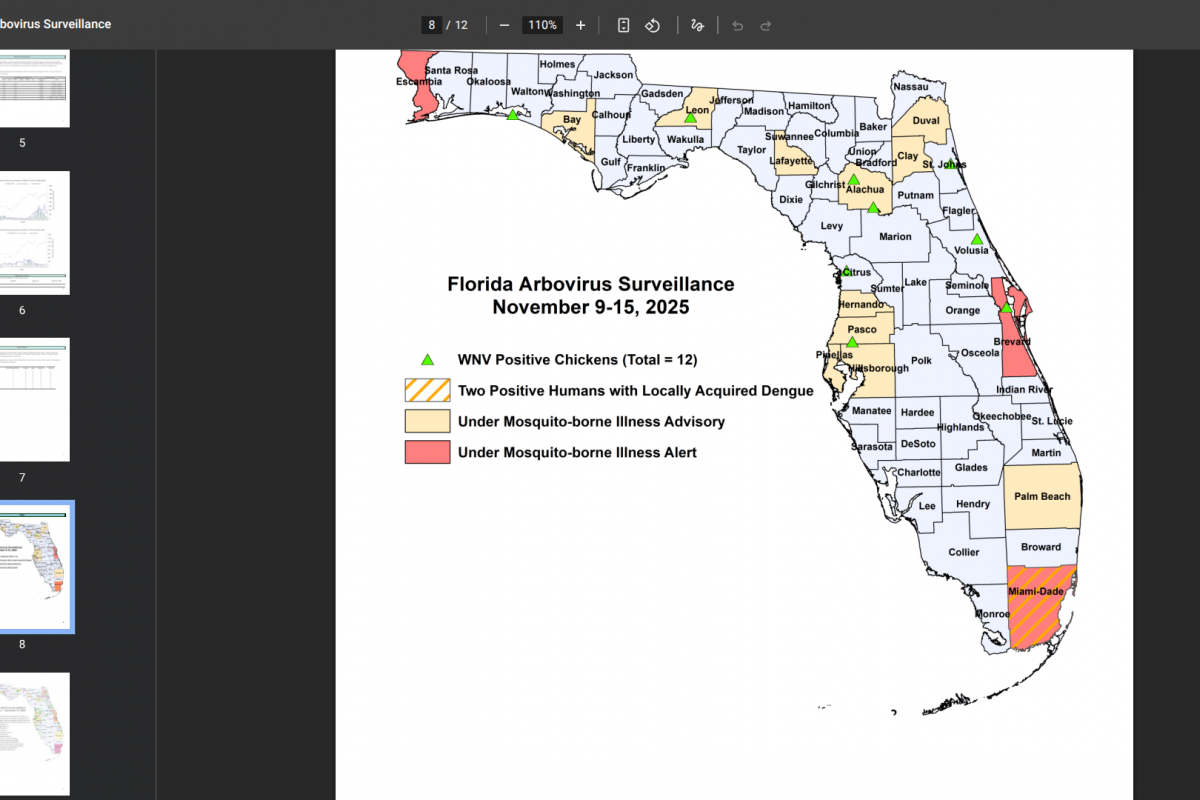Estimated Budgetary, Distributional, and Macroeconomic Effects of “Tariff Dividends” – The Budget Lab at Yale

Analysis of a Proposed Fiscal Policy: The “Tariff Dividend” Credit
This report examines a proposed fiscal policy, termed the “tariff dividend,” structured as a one-time refundable tax credit. The analysis focuses on the policy’s mechanics, its potential impact on households, and its alignment with key United Nations Sustainable Development Goals (SDGs), particularly those concerning poverty, inequality, and economic growth.
Policy Structure and Implementation
The proposed policy is designed with specific parameters to target lower and middle-income households. Its core components are as follows:
- Credit Value: A one-time payment of $2,000 per person.
- Eligibility Criterion: Restricted to tax units with a 2025 Adjusted Gross Income (AGI) strictly below $100,000.
- Application: The income threshold is applied uniformly regardless of filing status (e.g., single, married filing jointly), and there is no cap on the number of eligible individuals within a qualifying household.
For example, a four-person household with an AGI of $95,000 would be eligible for a total credit of $8,000. Conversely, a single filer with an AGI of $99,000 would receive $2,000. A critical feature of this design is the “cliff” effect, where earning even one dollar above the $99,999.99 threshold results in the complete loss of the credit.
Alignment with Sustainable Development Goals (SDGs)
The policy’s design has direct implications for several SDGs. The primary areas of impact are outlined below:
- SDG 1: No Poverty: The direct cash infusion of $2,000 per person can serve as a significant anti-poverty measure. For low-income families, this credit could provide essential resources to cover basic needs, reduce debt, and improve financial stability, directly contributing to the goal of eradicating poverty in all its forms.
- SDG 10: Reduced Inequalities: By targeting households with incomes below $100,000, the policy is explicitly designed to redistribute resources and reduce income inequality. It provides a substantial benefit to lower-income groups while excluding high-earners, thereby addressing the objective of reducing inequality within the country.
- SDG 8: Decent Work and Economic Growth: The policy presents a complex trade-off for this goal. While the credit could stimulate consumer spending and support economic growth, the “cliff” eligibility mechanism creates a powerful disincentive for individuals to increase their earnings around the $100,000 threshold. This may discourage work and career progression, potentially undermining the promotion of full and productive employment.
Alternative Designs and Policy Considerations
The effectiveness of the policy in achieving its intended SDG-related outcomes is dependent on its final design. Several trade-offs must be considered:
- Income Cliff vs. Phase-Out: Implementing a gradual phase-out range instead of a strict income cliff would mitigate the negative work incentives associated with SDG 8. However, this alternative would increase the overall budgetary cost of the program.
- Distributional Impact: Adjusting eligibility thresholds based on marital status or other factors would alter the distributional effects of the credit, which could refine its effectiveness in targeting SDG 1 and SDG 10.
- Budgetary Trade-offs: Each design choice presents a unique set of budgetary, distributional, and incentive-related consequences that must be carefully weighed to maximize positive contributions toward the Sustainable Development Goals. Further analysis of these options is necessary to optimize the policy’s structure.
1. Which SDGs are addressed or connected to the issues highlighted in the article?
The article discusses a fiscal policy proposal—a refundable tax credit—aimed at providing financial relief to individuals and families below a certain income threshold. This directly connects to the following Sustainable Development Goals (SDGs):
- SDG 1: No Poverty – The policy is a direct cash transfer to lower-income households, which is a key strategy for poverty alleviation and providing a social safety net. The proposed “$2,000 per person” credit is designed to increase the financial resources of vulnerable populations.
- SDG 10: Reduced Inequalities – The policy is explicitly designed to be distributional. By targeting tax units with an “Adjusted Gross Income (AGI) strictly below $100,000,” it aims to redistribute resources and reduce income inequality between higher and lower earners within the country.
2. What specific targets under those SDGs can be identified based on the article’s content?
Based on the description of the tax credit policy, the following specific SDG targets can be identified:
SDG 1: No Poverty
- Target 1.2: By 2030, reduce at least by half the proportion of men, women and children of all ages living in poverty in all its dimensions according to national definitions. The article’s proposal of an “$8,000” credit for a family of four could directly lift households above the national poverty line or reduce the depth of their poverty.
- Target 1.3: Implement nationally appropriate social protection systems and measures for all, including floors, and by 2030 achieve substantial coverage of the poor and the vulnerable. The proposed “one-time refundable credit” is a clear example of a social protection measure designed to provide financial support to a large segment of the population.
SDG 10: Reduced Inequalities
- Target 10.2: By 2030, empower and promote the social, economic and political inclusion of all, irrespective of… economic or other status. By providing a significant financial boost, the policy aims to enhance the economic inclusion of households with incomes under $100,000.
- Target 10.4: Adopt policies, especially fiscal, wage and social protection policies, and progressively achieve greater equality. The article is entirely focused on a specific fiscal policy (a tax credit) designed to achieve a distributional outcome, directly aligning with the call to use such policies to foster equality.
3. Are there any indicators mentioned or implied in the article that can be used to measure progress towards the identified targets?
The article does not mention official SDG indicators, but it contains several metrics and concepts that can be used as practical indicators to measure the policy’s impact:
Indicators for SDG 1 Targets
- Number of beneficiaries: The article refers to the “number of eligible people in the household” as the basis for calculating the credit. This can be used as an indicator for Target 1.3, measuring the coverage of the social protection system (e.g., total number of individuals receiving the credit).
- Value of the transfer: The specific amount of “$2,000 per person” is a direct measure of the financial support provided, which can be tracked as an indicator of the adequacy of the social protection benefit.
Indicators for SDG 10 Targets
- Income threshold for eligibility: The “Adjusted Gross Income (AGI) strictly below $100,000” is a key indicator. The proportion of the population falling under this threshold and receiving the benefit is a measure of the policy’s reach in targeting lower and middle-income groups.
- Impact on disposable income: The effect of the credit on the disposable income of households just below the $100,000 threshold (e.g., a family with an AGI of $95,000 receiving $8,000) can be measured to assess progress towards greater income equality (Target 10.4).
- Budgetary cost: The article mentions that the “budget cost” of the program is a key consideration. This figure can serve as an indicator of the government’s financial commitment to fiscal policies aimed at redistribution.
4. Table of SDGs, Targets, and Indicators
| SDGs | Targets | Indicators (Identified or Implied in the Article) |
|---|---|---|
| SDG 1: No Poverty |
|
|
| SDG 10: Reduced Inequalities |
|
|
Source: budgetlab.yale.edu
What is Your Reaction?
 Like
0
Like
0
 Dislike
0
Dislike
0
 Love
0
Love
0
 Funny
0
Funny
0
 Angry
0
Angry
0
 Sad
0
Sad
0
 Wow
0
Wow
0













































































